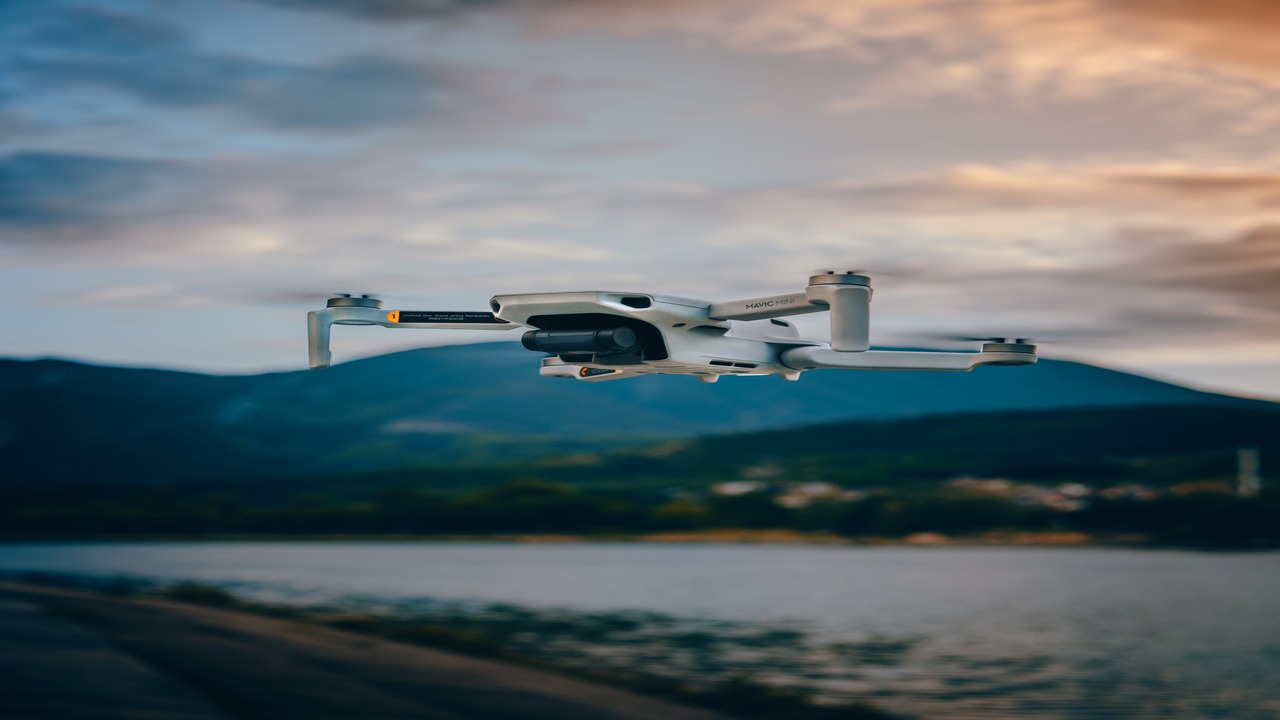Science & Technology (Commonwealth Union) – In recent years, the integration of drones into environmental science has ushered in a new era of data collection, monitoring, and research. Unmanned aerial vehicles (UAVs), commonly known as drones, have proven to be invaluable tools for scientists seeking to understand and address environmental challenges. From monitoring ecosystems to studying wildlife behavior, drones are transforming the way environmental research is conducted, providing unprecedented insights and contributing to a more sustainable future.
Precision Monitoring of Ecosystems:
Drones equipped with advanced sensors and cameras allow scientists to monitor ecosystems with unparalleled precision. These flying marvels provide high-resolution images and data, enabling researchers to track changes in vegetation, land use, and biodiversity. With the ability to cover large areas swiftly, drones have become essential in assessing the health of ecosystems and identifying potential threats, such as deforestation or habitat degradation.
Climate Change Research:
One of the critical challenges of our time is understanding and mitigating the impacts of climate change. Drones are playing a pivotal role in this endeavor by collecting real-time data on temperature, humidity, and atmospheric conditions. They can fly at different altitudes, capturing data from various layers of the atmosphere. This information is crucial for climate scientists working to model and predict climate patterns, ultimately aiding in the development of strategies to address climate change and its consequences.
Wildlife Conservation and Monitoring:
Traditionally, tracking wildlife has been a labor-intensive and invasive process. Drones offer a non-intrusive solution, allowing scientists to observe and monitor wildlife from a distance. This technology is particularly beneficial for studying species in remote or challenging terrains. From counting populations to tracking migratory patterns, drones contribute to wildlife conservation efforts by providing accurate, up-to-date information without disturbing the natural behavior of animals.
Water Resource Management:
The availability and quality of water resources are crucial aspects of environmental sustainability. Drones equipped with specialized sensors can monitor water bodies, collecting data on water quality, sedimentation, and pollution levels. This information is invaluable for making informed decisions about water resource management, ensuring the sustainable use of this vital natural resource.
Disaster Response and Management:
In the face of natural disasters such as hurricanes, floods, or wildfires, drones have proven to be invaluable tools for disaster response and management. Equipped with thermal imaging cameras and sensors, drones can assess the extent of damage, locate survivors, and identify areas at high risk. This real-time data is essential for coordinating emergency response efforts, optimizing resource allocation, and minimizing the impact of disasters on both the environment and human communities.
Precision Agriculture:
Drones are revolutionizing agriculture by providing farmers with precise, real-time information about their crops. From monitoring crop health to assessing soil conditions, drones enable farmers to make data-driven decisions, reducing the need for excessive use of water, fertilizers, and pesticides. This not only improves agricultural productivity but also promotes sustainable farming practices, contributing to environmental conservation. The UAVs, are revolutionizing traditional farming methods by providing farmers with invaluable data and insights. UAVs have recently been used in aerial surveys of Antarctica gathering key information in the environment and wildlife.
The integration of drones into environmental science represents a groundbreaking leap forward in our ability to understand, monitor, and protect the planet. From the depths of oceans to the highest mountain peaks, drones are providing scientists with a bird’s-eye view of our environment, offering insights that were once unimaginable. As technology continues to advance, the applications of drones in environmental science will likely expand, opening new avenues for research and discovery. With these innovative tools at our disposal, we are better equipped to address environmental challenges and work towards a more sustainable and resilient future. Despite the many beneficial applications of drones many civil liberties groups have raised concerns in regards to violations of privacy with there use which will need addressing with the use of drones set to increase.








